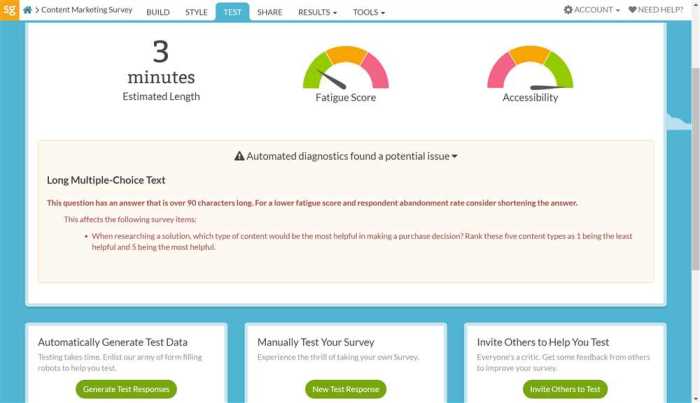Gizmos Convection Cells Answer Key unveils the intricacies of heat transfer through convection, providing a comprehensive understanding of this fundamental process. By delving into the concepts, applications, and related phenomena, this narrative illuminates the significance of convection cells in shaping our world.
The simulation offers a dynamic platform for investigating the factors influencing convection cells, such as temperature gradients, fluid properties, and boundary conditions. Through hands-on exploration, learners can gain valuable insights into the mechanisms that drive fluid motion and heat exchange.
Convection Cells: Gizmos Convection Cells Answer Key
Convection cells are circular patterns of fluid motion that occur when a fluid is heated or cooled. The heated fluid rises, while the cooled fluid sinks, creating a continuous cycle of motion.
The formation of convection cells is driven by differences in temperature and density. When a fluid is heated, its density decreases, causing it to rise. Conversely, when a fluid is cooled, its density increases, causing it to sink. This difference in density creates a buoyancy force that drives the fluid motion.
Examples of Convection Cells in Nature, Gizmos convection cells answer key
- Atmosphere: The atmosphere is heated by the sun, causing warm air to rise and cool air to sink. This creates convection cells that drive the wind.
- Oceans: The oceans are heated by the sun, causing warm water to rise and cool water to sink. This creates convection cells that drive ocean currents.
- Mantle: The mantle is heated by the Earth’s core, causing hot rock to rise and cool rock to sink. This creates convection cells that drive plate tectonics.
Gizmos Convection Cells
The Gizmos Convection Cells simulation is a computer simulation that allows users to investigate convection cells. The simulation shows a container of fluid that is heated from below. Users can control the temperature of the fluid and the rate at which it is heated.
The simulation can be used to investigate the factors that affect convection cells, such as the temperature difference between the top and bottom of the fluid, the viscosity of the fluid, and the size of the container.
Insights from Using the Simulation
- Increasing the temperature differencebetween the top and bottom of the fluid increases the strength of the convection cells.
- Increasing the viscosityof the fluid decreases the strength of the convection cells.
- Increasing the sizeof the container increases the size of the convection cells.
Applications of Convection Cells
Convection cells are used in a variety of applications, including:
- Heating and cooling: Convection cells are used in radiators and air conditioners to transfer heat from one place to another.
- Power generation: Convection cells are used in solar thermal power plants to convert sunlight into electricity.
- Fluid dynamics: Convection cells are used to study the behavior of fluids in a variety of applications, such as weather forecasting and oceanography.
Benefits and Limitations of Using Convection Cells
- Benefits: Convection cells are efficient at transferring heat, they are relatively inexpensive to build, and they can be used in a variety of applications.
- Limitations: Convection cells can be affected by gravity, they can be unstable, and they can be difficult to control.
Related Concepts

Convection cells are related to other heat transfer mechanisms, such as conduction and radiation.
Comparison of Heat Transfer Mechanisms
| Heat Transfer Mechanism | Description | Examples |
|---|---|---|
| Conduction | Heat transfer through direct contact between two objects. | Heat transfer through a metal spoon in a cup of hot soup. |
| Convection | Heat transfer through the movement of a fluid. | Heat transfer through the air in a room heated by a radiator. |
| Radiation | Heat transfer through electromagnetic waves. | Heat transfer from the sun to the Earth. |
Interaction of Convection Cells with Other Heat Transfer Processes
Convection cells can interact with other heat transfer processes in a variety of ways. For example, convection cells can be used to enhance the rate of heat transfer by conduction or radiation.
In conclusion, convection cells are an important phenomenon in fluid dynamics and heat transfer. They have a wide range of applications in various fields, including heating and cooling, power generation, and fluid dynamics.
FAQ Resource
What are convection cells?
Convection cells are circulating patterns of fluid motion driven by temperature differences. Warm fluid rises, while cooler fluid sinks, creating a continuous loop of heat transfer.
How does the Gizmos Convection Cells simulation work?
The simulation allows users to manipulate parameters such as temperature, fluid viscosity, and boundary conditions to observe the resulting convection patterns. This enables the exploration of how these factors influence the behavior of convection cells.
What are some applications of convection cells?
Convection cells have numerous applications, including heating and cooling systems, weather patterns, and industrial processes. Understanding their behavior is essential for optimizing energy efficiency and controlling fluid flow.